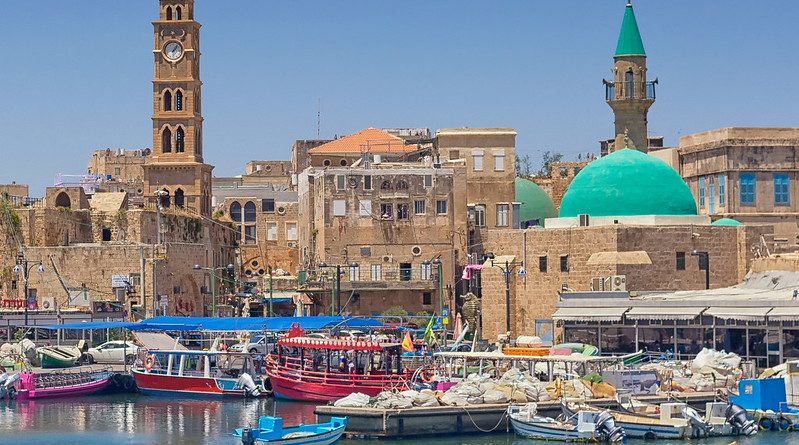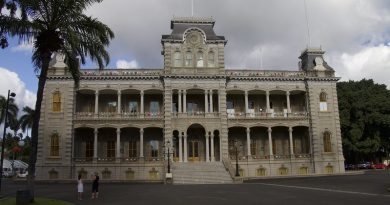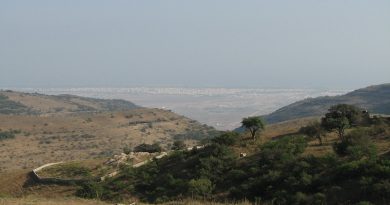ACRE: Crusader City
The waves from the Mediterranean Sea crash against the walls of Acre’s old city, washing the steep, thick sandstone walls that have survived the centuries.
The walls, fortresses and strongholds of the city bear the marks of many nations that left impressive buildings behind them, beautifying Acre to this day. Thanks to these buildings, UNESCO declared Acre a World Heritage Site in 2001. The city is a meeting place for East and West, new and old, beauty and ruins, all adding to its uniqueness.
Acre was one of this region’s important cities in ancient times. Various cultures made their home here, the Crusaders captured it and the Ottomans lived here for many centuries. Even Napoleon Bonaparte tried to lay his hands on Acre and conquer it, but after two months of siege and failed attempts to storm the city’s walls, he retreated in humiliation.
The fascinating history that has passed through the streets of Acre, the legacy left behind by its conquerors, the buildings that adorn the city and the places of worship built there are just part of the experience this city offers. Among the high-walled alleys and underground passages there is a huge mosque and a Christian monastery, an inn and Turkish baths, halls built by the Knights Templar, with an extraordinary Templar tunnel and fascinating archeological findings.
After four years, the siege of Acre was successfully completed in 1104, with the city capitulating to the forces of King Baldwin I of Jerusalem following the First Crusade. The Crusaders made the town their chief port in the Kingdom of Jerusalem.
Acre, along with Beirut and Sidon, capitulated without a fight to the Saladin in 1187, after his decisive victory at Hattin and the subsequent Muslim capture of Jerusalem.
Acre remained in Muslim hands until it was unexpectedly besieged by King Guy of Lusignan—reinforced by Pisan naval and ground forces—in August 1189. The siege was unique in the history of the Crusades since the Frankish besiegers were themselves besieged, by Saladin’s troops.
It was not captured until July 1191 when the forces of the Third Crusade, led by King Richard I of England and King Philip II of France, came to King Guy’s aid. Acre then served as the de facto capital of the remnant Kingdom of Jerusalem in 1192.
Acre rensined important city during the Crusades, and was the site of several battles. It was the last city held by the Crusaders in the Levant before it was captured in 1291.
The remains of the Crusader town, dating from 1104 to 1291, lie almost intact, both above and below today’s street level, providing an exceptional picture of the layout and structures of the capital of the medieval Crusader kingdom of Jerusalem.




